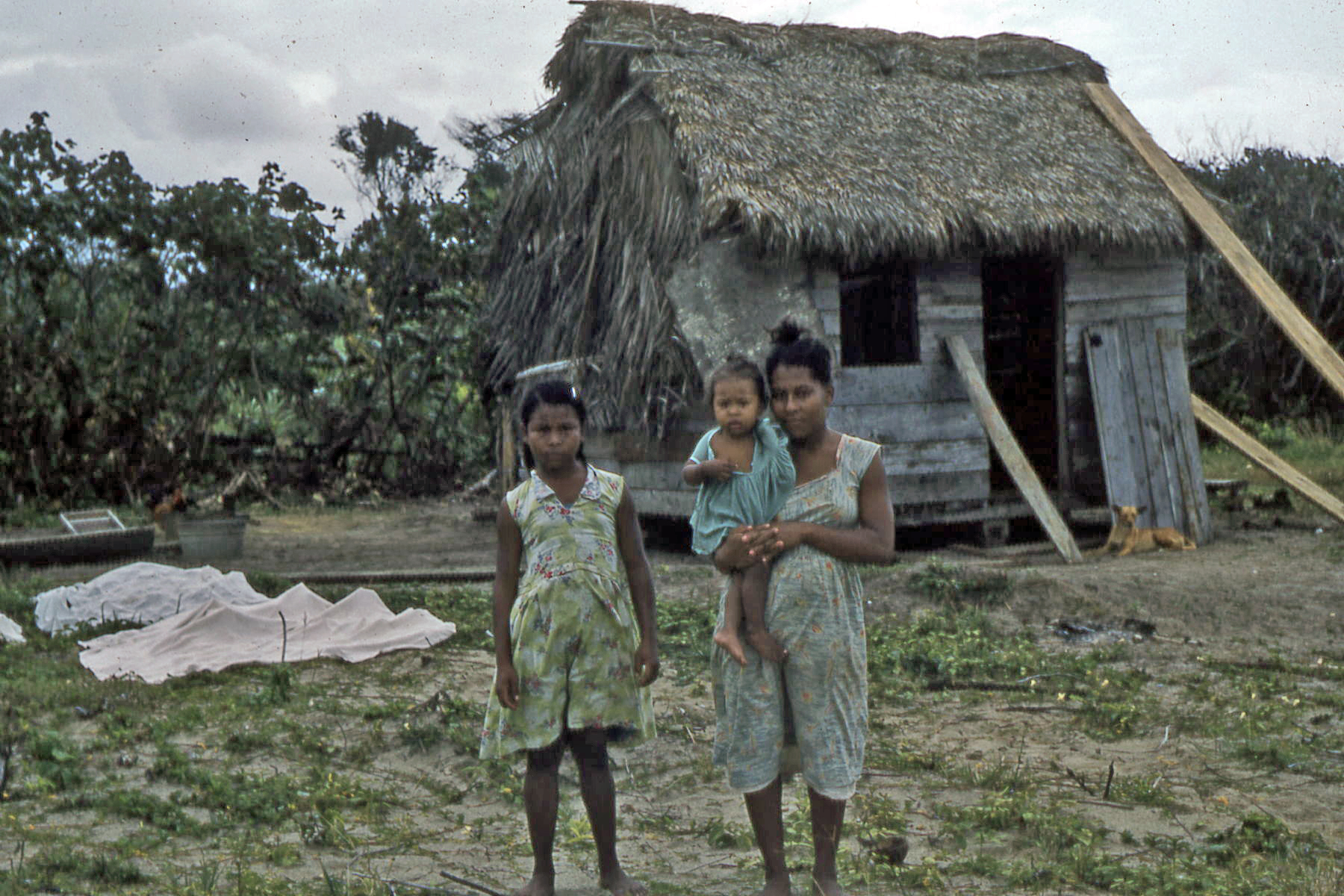“The
Indian-Sandinista War in Nicaragua” by Yolanda Alaniz is a pamphlet published
in 1986 by the Freedom Socialist Party in Seattle, United States. The FSP is a
Trotskyist-feminist party and apparently still exists. I have previously
reviewed a relatively interesting pamphlet they published against Lyndon
LaRouche, the recently deceased leader of the NCLC political cult.
The FSP supported
the 1979 revolution in Nicaragua against the brutal rule of the US-backed dictator
Somoza. As good Trotskyists, they also had a tendency to criticize the
Sandinista front (the FSLN), the dominant force in the revolution, “from the
left”. Somewhat curiously, they also criticized the FSLN “from the right” (according
to the definitions of the time) on the issue of Sandinista-Native relations.
The
Atlantic Coast regions of western Nicaragua are very different from the eastern
parts of the same country (where the capital Managua is situated). During the
colonial period, western Nicaragua (then known as the Mosquito Coast) was de
facto a British colony, while eastern Nicaragua was Spanish. The western
regions weren´t really incorporated into Nicaragua until decades after
independence. Culturally, they are still far apart. The Natives (“Indians”) of
the Atlantic Coast speak their own languages or Creole English rather than
Spanish, many are Protestants, and racially they are heavily mixed with Blacks.
The main Native group is known as Miskito or Miskito Indians. They live in the
northwest, relatively close to the border with Honduras.
Like almost
everyone else at the time, the Miskitos participated in the revolution against
the Somoza dictatorship. Despite this, the new Sandinista government, dominated
by Spanish-speakers from eastern Nicaragua, was insensitive to Miskito demands
for land rights and political autonomy. The FSP claims that the FSLN
unceremoniously arrested the Miskito leaders when they presented their demands
in Managua. Some traditional Native land was grabbed and opened to logging.
After a stand-off in a local church, where several Miskitos were killed, the
Miskitos turned against the FSLN government, arms in hand. The Sandinista army
responded by forced relocations of thousands of Miskitos away from the war
zone. The FSP tries to play down the fact that the Miskito organization MISURATA
actually joined the US-backed Contras, who were fighting to overthrow the
leftist Sandinista government from bases in Honduras. Many Miskitos fled
Nicaragua for refugee camps in that country. It wasn´t until 1987, one year
after FSP published this pamphlet, that the FSLN finally changed course and
agreed to grant autonomy to the Natives and Creoles of the Atlantic region.
The
Miskito-Sandinista conflict must have been an acute embarrassment for leftists
and radical liberals in the United States, who supported the Sandinistas and
demanded an end of US funding for the Contras. The FSP´s pamphlet contains a
speech given by party spokesperson Yolanda Alaniz at a discussion forum at
which the other speaker, ironically from the American Indian Movement,
condemned the Miskitos as lackeys of American imperialism. Alaniz, correctly in
my opinion, demands that the leftist government in Managua grants autonomy to
the Miskitos and other ethnic groups in western Nicaragua. To Alaniz, this is a
way to strengthen the revolution and (hopefully) win back the Miskitos to the
side of the revolution. I suppose Alaniz and the FSP were vindicated, in a
sense, when the FSLN really did grant the western regions autonomy one year
later.
Otherwise,
I have to say that the pamphlet is written in a super-dogmatic
Leninist-Trotskyist style which today seems almost comic. Thus, the FSP
spokeswoman spends considerable time trying to prove that the Miskito Indians
are a “nation” and hence have the right to national self-determination. This
implies, if taken at face value, that only ethnic groups which are “nations”
according to Marxist definition have such a right (presumably, the Bolshevik
definition as exposited by Stalin in “Marxism and the National Question” in
1913 – the irony of Trotskyists studying Stalin is brutal). The problem with
this, of course, is that the Miskitos are *not* a nation according to Stalin´s
definition (yes, I know, I know, the work was approved by Lenin and the Central
Committee, it was written when Stalin was still a “revolutionary”, blah blah).
Stalin explicitly says that nations are products of capitalism, yet Alaniz states
that the Miskitos are pre-capitalist. She also admits that the Miskitos had
British support during the colonial period. Thus, the Miskitos are closer to
what Marx dubbed “a reactionary people” or a “people without history” than to a
nation in the Marxist-Leninist sense. Marx wouldn´t have supported Miskito
autonomy! I admit that Lenin, who launched the so-called korenizatsiia policy
in Soviet Russia, might have…
The FSP
also makes another curious error in the pamphlet, now in the opposite
direction. They claim that the right of national self-determination is absolute.
This, of course, has never been the position of any Marxist, for whom national
self-determination is simply an expedient demand, to put forward or reject as
the exigencies of the “class struggle” allows. Soviet Russia granted
independence to Finland, while trying to invade Poland and Georgia! I think the
FSP took up the cause of the Miskitos due to their strong emphasis on “special oppression”
and “specially oppressed groups”. As self-conscious socialist feminists, women
were seen as the most important such sector, but others included Blacks,
Chicanos and Native Americans. It was probably difficult for the FSP not to
support the Miskitos (at least morally and politically), although it probably gave
them a bad reputation in broad leftist circles as some kind of Contra dupes. Likewise,
it was probably difficult for a Trotskyist group not to sperge Trotskyese in a
pamphlet on current events…
That being
said, I nevertheless found “The Indian-Sandinista War in Nicaragua” relatively interesting,
and therefore give it three stars.

No comments:
Post a Comment